The 2017 Chevrolet Spark is both the smallest and the least expensive car sold by Chevy in North America.
The Korean-made hatchback minicar isn't among the brand's top sellers—those would be its full-size pickup trucks and the Equinox compact crossover—but the previous generation found more than 30,000 buyers last year.
A new, second-generation 2016 Spark was launched midway through that model year, and Chevy now has information on the 2017 version on its website.
The new Spark has led to a modest uptick in sales, with 18,300 sold in the first six months of the year.
While we actually got our first drive in a 2016 model, the latest year is virtually unchanged, hence the title of this piece.
We liked the little Spark, although it's a very small car when you drive it in truck-heavy Midwestern traffic.
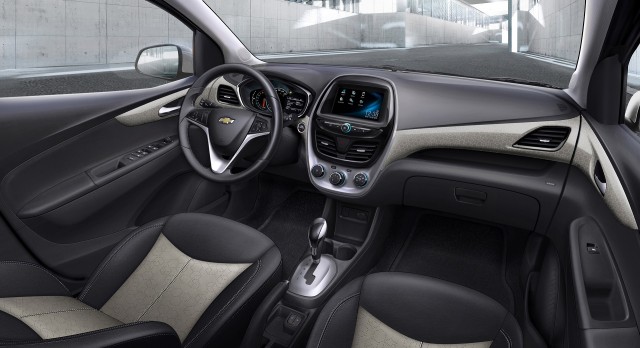
2017 Chevrolet Spark
Our drive was entirely in the suburbs of greater Detroit, on a mix of freeways—where speeds seem to be either 65 or 85 mph—and secondary suburban arteries and side streets.
On the highway, the car tracks well but can be buffeted by side winds or passing semis with trailers.
And it's not a fast car, with 0-to-60-mph acceleration of almost 11 seconds. That's slower than even older Toyota Prius models.
As a result, the only way to use a Spark in traffic is to drive the wheels off it, rather as Europeans do with tiny cars. Floor the pedal, and keep the engine roaring.
Our test car was fitted with the continuously variable transmission (CVT) option, as most Sparks sold here likely will be.
It was tuned for fuel efficiency, delivering EPA ratings of 35 mpg combined (for the 2016 model) versus 34 mpg combined for the manual version.
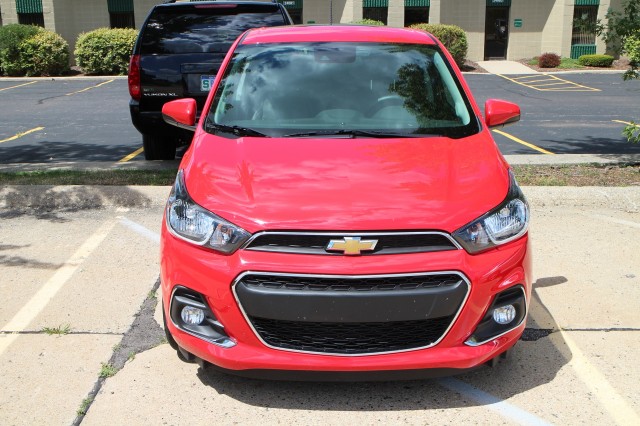
2016 Chevrolet Spark, test drive outside Detroit, July 2016
Note that for 2017, the ratings have fallen slightly, to 33 mpg combined for both versions—victims of a change to EPA ratings calculations that have trimmed rated fuel economy for many cars.
We suspect the manual-gearbox version, with a 5-speed as the standard fitting, would be more fun to drive, but we've not driven them side by side.
If you drive it energetically, the Spark will mostly keep up with average suburban traffic.
It will not, however, be remotely competitive either with the master of the universe in $800 sunglasses behind the wheel of his BMW or the harried suburban mom piloting a full-size SUV with one hand while talking on her cellphone with the other.
You will learn, in time, to stay somewhat clear of aggressively driven cars.
You may also silently pray that those drivers notice the little Spark, which at least is offered in a range of bright colors as well as the usual silver and white.
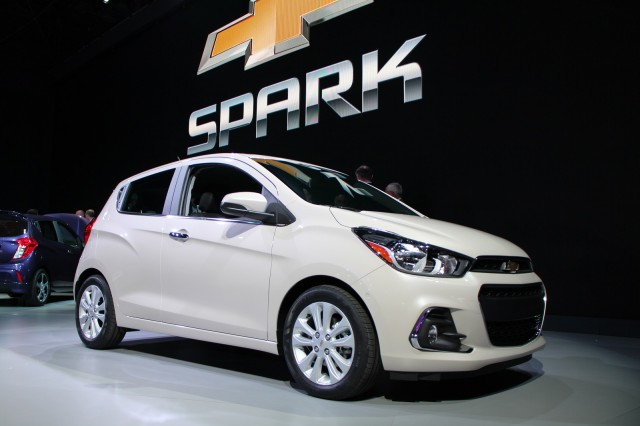
2016 Chevrolet Spark, 2015 New York Auto Show
One final note on power, or the lack of it: a humid, mid-90s day in suburban Detroit severely taxed out the Spark's air conditioning system.
By putting it on the max setting and pointing all the vents toward the driver, the car was tolerable if not icy cold.
But we're skeptical that it could keep up under the same circumstances with four adults in the car.
Those four adults, by the way, will actually fit in the car.
They will sit upright, and there will be some bargaining over knee room front to rear, but the Spark's tall profile and boxy shape offer a startling amount of room.
The rear cargo hold is minimal with the rear seat up, but we suspect most Sparks will be used largely by drivers alone.
Would we buy a Spark? Perhaps.
If we needed a very small car, but couldn't live with the two-seat Smart ForTwo or the substandard Mitsubishi Mirage, the Spark is a good choice.
But if small size and lowest-possible price weren't our prime drivers, we'd likely move up a step and look at subcompacts like the Honda Fit or the Chevy Sonic.
Your mileage may vary.

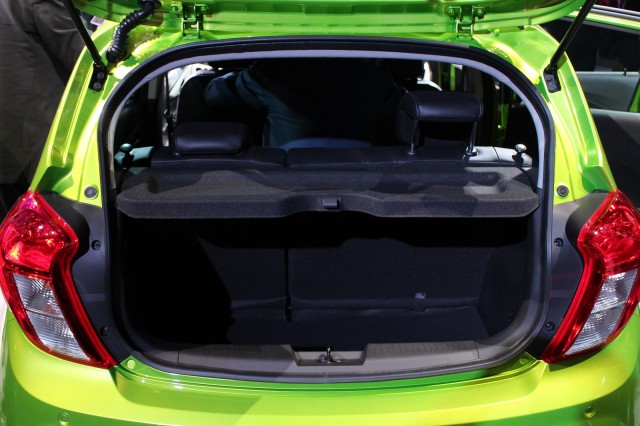
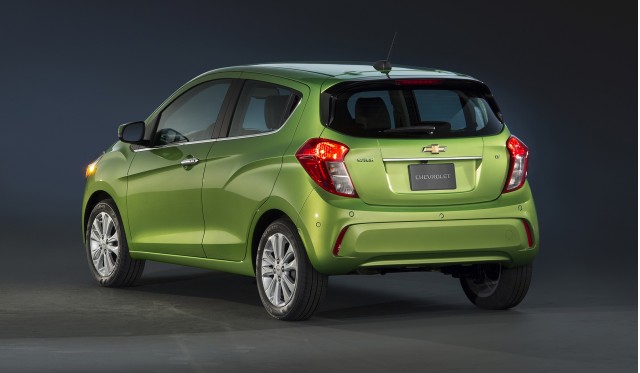




No comments:
Post a Comment